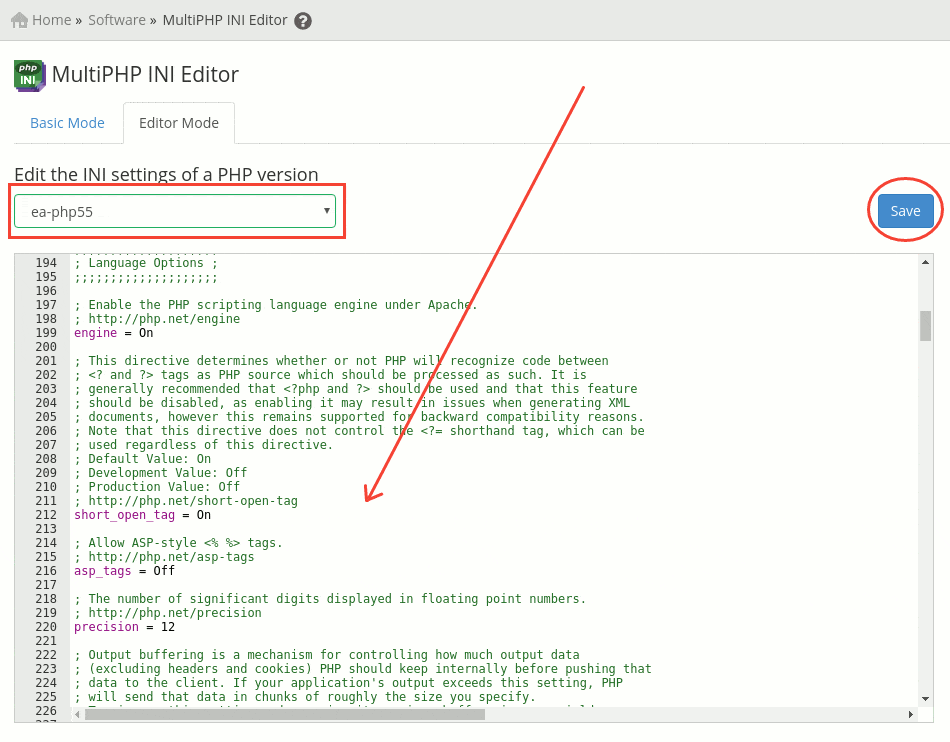

Koncz R Wen W Makkar SR Lam BCP Crawford JD Rowe CC Sachdev P, 2022, 'The Interaction Between Vascular Risk Factors, Cerebral Small Vessel Disease, and Amyloid Burden in Older Adults', Journal of Alzheimer's Disease, vol.Li X Zhao Y Jiang J Cheng J Zhu W Wu Z Jing J Zhang Z Wen W Sachdev PS Wang Y Liu T Li Z, 2022, 'White matter hyperintensities segmentation using an ensemble of neural networks', Human Brain Mapping, vol.Koncz R Thalamuthu A Wen W Catts VS Dore V Lee T Mather KA Slavin MJ Wegner EA Jiang J Trollor JN Ames D Villemagne VL Rowe CC Sachdev PS, 2022, 'The heritability of amyloid burden in older adults: the Older Australian Twins Study', Journal of neurology, neurosurgery, and psychiatry, vol.
#Whm template for 010 editor series#
Dong C Thalamuthu A Jiang J Mather KA Brodaty H Sachdev PS Wen W, 2022, 'Parental Life Span and Polygenic Risk Score of Longevity Are Associated With White Matter Hyperintensities', Journals of Gerontology - Series A Biological Sciences and Medical Sciences, vol.
 Sachdev PS Loo CK Mitchell PB Gandevia SC Taylor JL Mcbride RS Malhi GS Wen W Croker V Elsayed H, 2001, 'Repetitive Transcranial Magnetic Stimulation (rTMS) for psychiatric disorders: The Sydney Studies', in Miyoshi K Shapiro CM Gaviria M Morita Y (ed.), Contemporary Neuropsychiatry, Springer-Verlag, Tokyo, pp. Publications by Associate Professor Wei Wen Neurosciences, Brain Ageing, NeuroImaging / Neuro-radiology, Medical Informatics, Pattern Recognition & Data Mining, Markov modelsĬomputational neuroanatomy, Brain Anatomy, MRI, Mathematical Modelling, Medical ImagingĬlick here to read Associate Professor Wei Wen's ‘Meet Our Researcher’ interview fMRI, pMRI, MRS, and PET are also currently being used as brain imaging modalities in various studies. Our recent work includes mapping and modeling of cerebral white matter hyperintensities, algorithm development for examining the shapes and sizes of brain structures and cortical atrophy. While the research subjects and the clinical needs are provided by medicine, the theoretical underpinnings come from mathematics and statistics, and the methodological approaches from computer science and biomedical engineering, all forming critical components of the enterprise. One of the key requirements of neuroimaging research is the multi-disciplinary collaborations between neuroscience, engineering and medicine and a host of sub-disciplines. Due to rapid advances in computing power and algorithm development, we are now well placed to study the extraordinary MRI-visible morphological variability of the human brain through mathematical models sensitive to subtle changes in neuroanatomical shape, complexity and tissue characteristics. Clinical MRI is able to give good soft-tissue contrast and high spatial (<1 mm) resolution. The increasing sophistication of MRI allows neuroanatomical structures to be visualized in vivo in unprecedented detail.
Sachdev PS Loo CK Mitchell PB Gandevia SC Taylor JL Mcbride RS Malhi GS Wen W Croker V Elsayed H, 2001, 'Repetitive Transcranial Magnetic Stimulation (rTMS) for psychiatric disorders: The Sydney Studies', in Miyoshi K Shapiro CM Gaviria M Morita Y (ed.), Contemporary Neuropsychiatry, Springer-Verlag, Tokyo, pp. Publications by Associate Professor Wei Wen Neurosciences, Brain Ageing, NeuroImaging / Neuro-radiology, Medical Informatics, Pattern Recognition & Data Mining, Markov modelsĬomputational neuroanatomy, Brain Anatomy, MRI, Mathematical Modelling, Medical ImagingĬlick here to read Associate Professor Wei Wen's ‘Meet Our Researcher’ interview fMRI, pMRI, MRS, and PET are also currently being used as brain imaging modalities in various studies. Our recent work includes mapping and modeling of cerebral white matter hyperintensities, algorithm development for examining the shapes and sizes of brain structures and cortical atrophy. While the research subjects and the clinical needs are provided by medicine, the theoretical underpinnings come from mathematics and statistics, and the methodological approaches from computer science and biomedical engineering, all forming critical components of the enterprise. One of the key requirements of neuroimaging research is the multi-disciplinary collaborations between neuroscience, engineering and medicine and a host of sub-disciplines. Due to rapid advances in computing power and algorithm development, we are now well placed to study the extraordinary MRI-visible morphological variability of the human brain through mathematical models sensitive to subtle changes in neuroanatomical shape, complexity and tissue characteristics. Clinical MRI is able to give good soft-tissue contrast and high spatial (<1 mm) resolution. The increasing sophistication of MRI allows neuroanatomical structures to be visualized in vivo in unprecedented detail. 
The distribution of structural changes of human brain reflects the underlying pathology. Computational neuroanatomy is about a comprehensive structural and functional model of the brain.







 0 kommentar(er)
0 kommentar(er)
